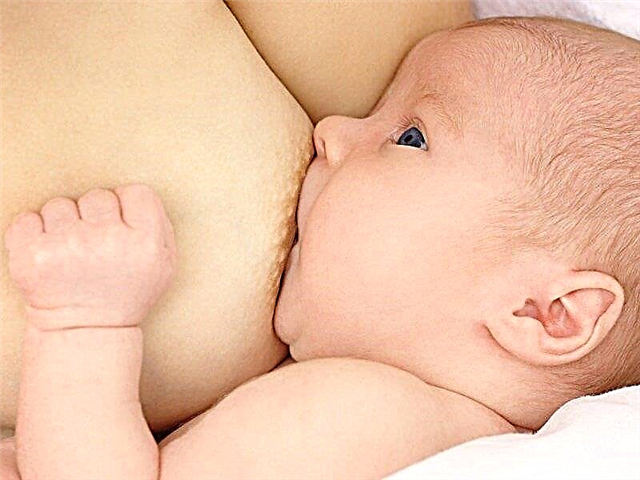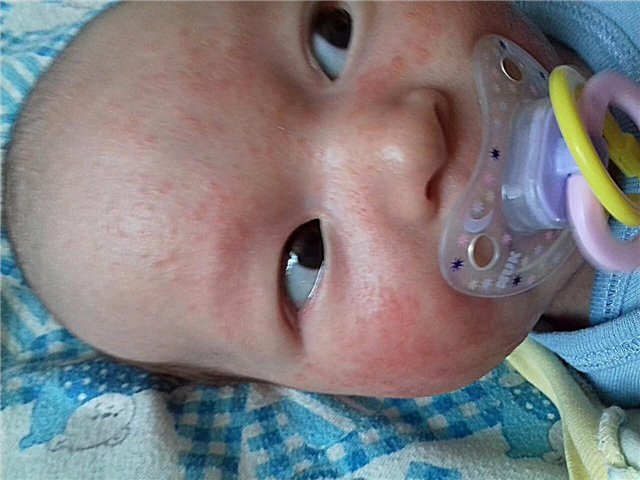
No amount of amazing artistic skills will allow you to create a masterpiece if there are no necessary conditions for this. In the process of drawing, the smallest details are important, and drawing supplies, including paper, play a decisive role.
For a long time, pastels were not perceived by serious artists as a tool for real creativity - they used it exclusively for sketching sketches. Today, this substance is widely spread among art lovers due to the variety of varieties, beautiful and rich colors, and also due to the convenience of the image.
Pastel crayons are very convenient for small children, since they cannot always correctly hold a pencil or a brush in their hands, but with the help of a crayon writing from all sides, they are already able to draw meaningful things. However, without the right paper, even the best crayon will be a disappointment for both parents and children.


What it is?
Pastel paper differs little in its composition from other varieties of the same material, but its other characteristics determine its narrow focus on crayons. In order to choose the right pastel paper, you need to understand a little more the properties of crayons.


First of all, it is chalk - the substance is dry and free-flowing. Unlike paints, its traces are not absorbed into the paper, remaining only on its surface. There are softer varieties in which oil acts as a binder. There is quite a lot of it there, and it is able to quite confidently provide adhesion to the base, however, for young children it is bought relatively rarely because of the high mark of such a gift.
It turns out that you need to somehow increase the adhesion of the pigment to the base, and it is paper that is designed to do this. There are no smooth varieties of paper products for pastels - they can be extremely textured. As an alternative, watercolor paper is sometimes also acceptable.


It is logical that pastel paper should have a fairly high density... If the chalk is of the dry type, then rather sharp movements with it can damage the too thin base. As for the oil compositions, they a priori require a sufficiently dense base so as not to flow through it.
We must not forget that when drawing with pastels, the shading technique is often used, which also puts forward requirements for the high density of the canvas.


Finally, unlike many other pastel drawing tools drawings look best on non-white paper. The main shades, of course, look brighter on a white base, however, light pastels look extremely dull against such a background. In this regard, pastel paper is usually tinted during the production process.
Beginners are advised to give preference to gray and light gray paper, while professionals are able to select a special background for each individual drawing, starting from the features of the plan.


Kinds
The modern paper industry offers artists a huge range of products to choose from for each individual drawing method, but it is pastel paper that has the maximum variety of options. You can make your choice based on several criteria at once.

Formats
For children and beginners, pastel paper is produced in sheets of standard formats, both individually and in the form of albums or notebooks with peelable sheets. The most common format, widely used in general education schools, is the well-known A4, but for serious artistic needs a larger size may be needed - for example, A3 or even A2.
Pastel paper is also sold in rolls, attracting the consumer with the opportunity to save on bulk purchases. This solution may have several disadvantages. First of all, you need to be able to cut such a roll carefully and with a minimum of useless waste. In addition, cut paper from a roll often retains a semicircular shape, which is not very convenient for drawing.


Colors
Despite the fact that white paper is not considered the best choice for pastels, for lovers of this drawing accessory there is a choice of bases of all possible colors. Not the most catchy colors are traditionally very popular: tinted paper is usually produced in black or in different shades of gray.
Colored paper is also found, but its colors are usually discreet, so as not to interfere with the perception of the drawing itself. Colored albums are usually sold in a bunch of different shades.
Professional artists often prefer not to look for a sheet of the desired shade, but to paint it on their own, especially if plain white paper is used as the original.


Invoices
A separate point when choosing pastel paper is the selection of the necessary texture, on which the specificity of the finished result directly depends. In general, there are four main types of textures.
- Ingres. The least dense type of foundations that are suitable for pastels - even watercolor paper is thinner. On the surface of such a base, volumetric lines are clearly visible, which are a grid close to squares and rectangles in shape.


- Cells... A denser and higher-quality structure, in which the relief element is not the mesh separating the fragments, but the cells themselves. In the best samples, such cells contribute to better retention of the pigment on the surface, and the finished drawing is covered with small uniform dots of the base color, which adds charm to the masterpiece.


- Sandpaper texture. It is doubtful that such paper could be used to sand surfaces, but outwardly it looks very similar to its abrasive relative. A pronounced graininess is noticeable on the surface, due to which the pigment adheres perfectly to such paper. This variety is generally considered professional and is only available in large formats.

- Velvet. This option, on the other hand, has a soft texture, which is achieved by a relatively low fiber density in the top layer. Pigment is perfectly retained between such loose fibers, so this type of paper is also very popular. Such bases usually have a fairly high density, therefore, the shading technique can be used on them (in the absence of the thickest pile). In general, it is velvet paper that is commonly used to imitate painting.


How to choose?
The wide variety of pastel papers on the market allows professionals to find the optimal solution, but it only confuses inexperienced consumers. Before going to the store, you need to decide for what purpose the purchased paper is needed.
As a rule, pastel paper is sold either individually in sheets or in albums. For the child, the latter option will be more appropriate, since this eliminates the risk of immediate loss of shape in the bowels of the children's portfolio.
It should be remembered that it is easier to draw with pastels on a separate sheet, and therefore when buying an album, you need to choose one that provides for easy pulling out of individual sheets.


When choosing a set of sheets, one cannot help but think about their color. Gray paper is rightly considered the most neutral solution, therefore it is recommended to buy it for children. A multi-colored set is worth buying only if the future owner has already managed to master the principles of choosing a background for a particular picture.
The kid would have liked a set with bright sheets more, but they are not suitable for serious creativity - we need neutral shades that would well set off the drawing without distracting attention from the work itself.

You cannot choose pastel paper without looking at the variety of crayons themselves. The choice of a base for oil pastels turns out to be somewhat simpler, since the fatty component in it provides rather high adhesion. It turns out that oil crayons are not so demanding on the texture of the paper, but they need the proper thickness to ensure that the canvas does not get wet through and does not stain everything around.
As for dry pastels, a pronounced texture is very important for it - for example, the same cells or an "emery" surface.


It should be noted that reviews on the Internet in this case do not always allow us to draw up a real picture of comparing the quality of paper from different manufacturers. The best pastel base is different for everyone. It is important to choose not so much paper as a combination of paper and pastel. The best canvas can be criticized by someone who has chosen the wrong crayons for it, and just as the worst version of the base can deserve sincere praise if the consumer accidentally hit the spot with his choice of pastels.


Useful Tips
Professionals probably know how to choose the right canvas for various drawings, beginner enthusiasts have also studied the topic in advance, but it can be difficult for parents of kids to figure out how to buy good paper for pastels. There are some simple tips to help you avoid mistakes.
- Albums are preferable for kids because of their ability to keep in shape. When buying a set of sheets, you should additionally take care of a hard folder for storing and transporting paper.
- The density of high-quality pastel paper is quite high, which cannot but affect its weight, therefore, for small children, you should not purchase large-volume albums - 8-12 sheets will be enough for a start.
- You should not buy the most expensive professional paper for a kid right away, because he will still not be able to fully reveal all its advantages, while an average set for beginners is enough for a general idea of the properties of pastels and mastering the basic techniques.
- Many parents prefer not to rack their brains over the choice of special pastel paper and limit themselves to using the watercolor version for watercolors and pastels. However, this does not mean that you can borrow any album from the stationery store. In this case, we mean textured watercolor paper, which is less common and costs a little more.


You will learn more about the types and grades of pastel papers in the following video.



